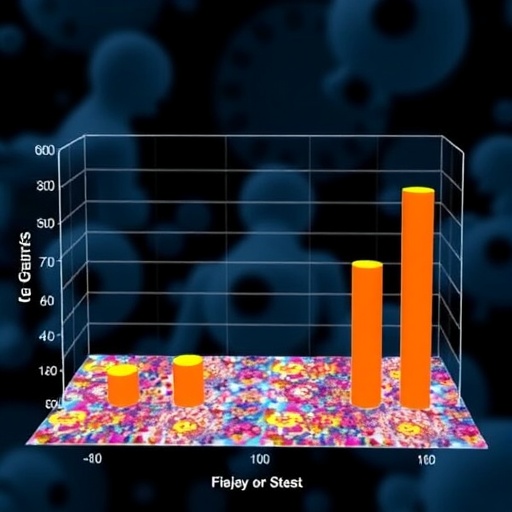
Credit: Yuri G. Rykov, Peter A. Meylakhs, Yadviga E. Sinyavskaya, HSE
HSE researchers examined the structure of online communities of Russian AIDS denialists – people who deny the reality of HIV and AIDS – and the manner in which they spread their ideas. The findings are published in American Behavioral Scientist.
According to the authors, social networks have taken the debate on whether HIV exists or can cause AIDS to a new level. Having focused their study on Russia's largest AIDS denialist group on VKontakte, the researchers found it consistently ranking at the top of Google's search results for HIV. The group has over 15,000 participants and provides some 40 external links, mainly to other AIDS denialist online communities such as Vaccination Kills and others.
"Our earlier studies reveal some of the reasons why such online communities are so popular, including a perceived inconsistency between real-life stories and popular stereotypes about HIV, mere curiosity, doubting the accuracy of test results, wishing to convince other community members that they are wrong or, conversely, support them in their search for truth," explains Peter Meylakhs, Senior Research Fellow of the HSE International Centre for Health Economics, Management and Policy.
The paper Network Structure of an AIDS-Denialist Online Community: Identifying Core Members and the Risk Group which Meylakhs co-authored with Yuri Rykov and Yadviga Sinyavskaya of the HSE Laboratory for Internet Studies, presents the findings from their new project using content and network analysis to study the nature of interactions in the denialist community, 'friendships', types of user activity and the relationship between these factors and susceptibility to AIDS denialism.
Having examined active members – those who give and get likes, post and comment on others' posts – the researchers identified four distinct categories of users whom they describe as convinced, doubting, orthodox (i.e. supporting the medical science on the issue) and undetermined.
The study found that the more active a user is in terms of posting and getting likes, the higher their likelihood of being a denialist. The number of user comments under others' posts is not a good indicator, since such comments may express disagreement with the poster. In terms of demographics, there tend to be more men than women among AIDS denialists.
The analysis also revealed an online community core consisting of 276 particularly active users who promote denialist views and maintain 'friendships' each with at least one other convinced user. The core often reach out to less active users ('periphery'), but interactions within the core are more frequent than those within the periphery.
According to the authors, the echo chamber effect might be at play here, as certain ideas and beliefs are amplified or reinforced by communication and repetition inside a closed system. By sharing comments and likes, AIDS denialists recruit more support for their ideas.
The researchers also identified some 1,369 users at risk, including virtually all doubters; the risk group is thus estimated at one-tenth of the entire AIDS denialist online community and includes users who interact with the core and are more likely to be influenced by their views.
"People share allegedly personal stories about how they have had no symptoms for years, and this produces a serious effect," according to Rykov. "This effect must be due to what is called social infection, where people tend to be influenced not by information per se, but by information backed by personal contact and thus trusted more; therefore, the high-risk group are not all those who join the online community, but those who begin to interact directly with its more convinced members."
The study authors note that the issue merits further study. Understanding how online communities of AIDS denialists are structured and detecting users at risk of adopting such beliefs could help stop people from voluntarily refusing HIV treatment and AIDS prevention.
According to the researchers, the same approach could be applied to detect users at risk in other potentially harmful online communities, e.g. those which encourage vaccination refusal and others.
###
Media Contact
Liudmila Mezentseva
[email protected]
7-926-313-2406
@https://twitter.com/HSE_eng
http://www.hse.ru/en/
Original Source
https://iq.hse.ru/en/news/207679173.html http://dx.doi.org/10.1177/0002764217717565




